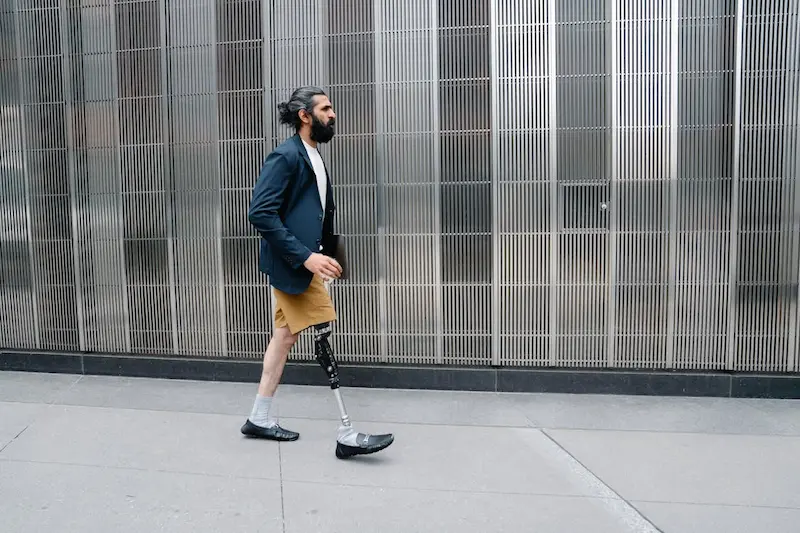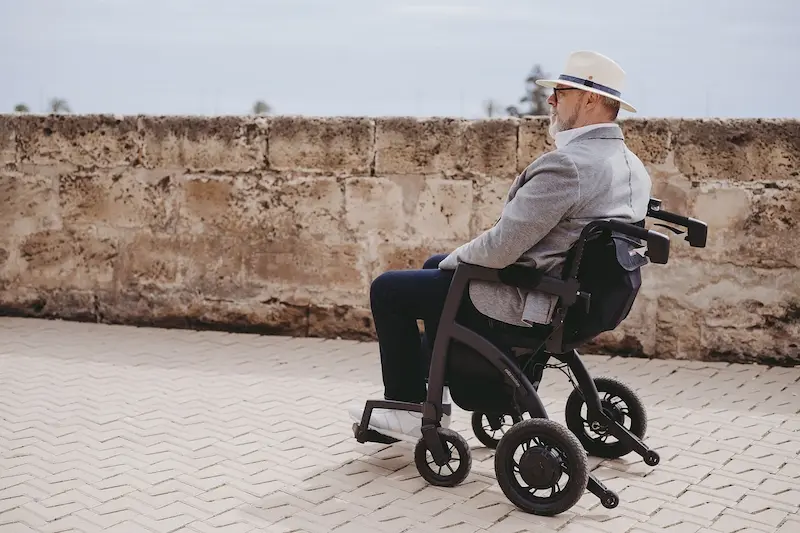Maintaining independence and improving the quality of life are essential goals for individuals with limited mobility. Mobility devices have become vital tools in achieving these objectives, offering support, safety, and freedom to those who rely on them. From wheelchairs to walkers, these devices have evolved significantly, integrating advanced technologies and design innovations to better serve users’ needs. This blog explores the transformative impact that mobility devices can have on daily living, providing practical information and insights for those considering their options.
Choosing the Right Mobility Device
Selecting the right mobility device is a crucial step toward enhancing one’s independence and quality of life. The decision depends on various factors, including the individual’s specific needs, lifestyle, and mobility level. For some, a manual wheelchair may offer the necessary support for day-to-day activities, while others may benefit from power wheelchairs or scooters that provide greater freedom of movement. The team behind MobilityDepartment.com says that it’s important to consider the environment in which the device will be used—whether indoors, outdoors, or both—as well as how easy it is to transport. Consulting with healthcare professionals and occupational therapists can provide valuable guidance in assessing which mobility device will best suit personal requirements.
Technological Innovations in Mobility Solutions
The landscape of mobility devices has been transformed significantly by technological advancements, offering users greater functionality and convenience than ever before. Modern mobility solutions now integrate cutting-edge technology such as smart controls, lightweight materials, and enhanced battery life. For example, many power wheelchairs and scooters come equipped with intuitive joystick controls, allowing for precise maneuvering and improved safety.
Improvements in battery technology mean that users can travel longer distances without the need for frequent recharging. Some advanced models even offer remote control capabilities via smartphone apps, enabling users to operate and configure their devices with ease. Lightweight carbon fiber frames have made manual wheelchairs easier to handle and transport, enhancing user independence. These innovations not only improve the daily experience of individuals with limited mobility but also open up new possibilities for autonomy and engagement in various activities.
The Psychological Benefits of Using Mobility Devices

Beyond their practical advantages, mobility devices also provide significant psychological benefits for individuals with limited mobility. These devices can greatly enhance a person’s sense of independence and self-esteem by allowing them to perform daily tasks and engage in social activities more easily. The ability to move around freely and without assistance can reduce feelings of isolation and dependency, which can often accompany limited mobility.
By improving access to social and recreational activities, mobility devices help individuals maintain social connections and participate in community life, contributing positively to mental health. Furthermore, the assurance of safety and stability offered by these devices can alleviate anxiety and stress, leading to a more positive outlook on life. As mobility devices become more personalized and technologically advanced, they provide users with not just physical support, but emotional and psychological empowerment as well.
Tips for Living Independently with Mobility Devices
Living independently with mobility devices requires some planning and adaptation to ensure safety and convenience. Here are some practical tips:
- Home Modifications: Ensure your living environment is accessible. Consider installing ramps, widening doorways, and adding grab bars in key areas such as bathrooms. These adaptations can make navigation simpler and safer.
- Daily Routine Planning: Organize daily tasks to accommodate the use of mobility devices. Keep essential items within reach and use a wearable pouch or small bag to transport personal items while keeping your hands free.
- Maintain Regular Maintenance: Regularly inspect and maintain your mobility device to ensure it functions smoothly. This includes checking battery levels, and tire pressure, and ensuring that all parts are secure.
- Keep Communication Tools Accessible: Ensure that phones or other communication devices are easily accessible in case of emergencies. Voice-activated devices or smartphones with accessibility features can be highly beneficial.
- Engage Socially and Physically: Participate in community groups or activities designed for people with limited mobility. This can provide support, enhance social connections, and improve overall well-being.
- Seek Professional Advice: Regular consultations with healthcare professionals, such as occupational therapists, can provide updated strategies and adaptations to improve daily living.
- Stay Informed About New Technologies: As mobility technologies continue to evolve, stay informed about the latest advancements that could enhance your independence and daily experiences.
Mobility devices have become indispensable tools that significantly improve the quality of life for individuals with limited mobility. By offering a combination of physical support and technological enhancements, these devices empower users to maintain independence, engage actively in their communities, and access opportunities that would otherwise remain unavailable. The psychological benefits, including increased self-esteem and reduced isolation, further illustrate the profound positive impact such devices have. As innovations continue to emerge, mobility devices are likely to offer even greater enhancements, tailoring to individual needs and preferences. Embracing these advancements paves the way for a future where everyone can enjoy greater freedom, autonomy, and fulfillment in their daily lives.
Want to explore something different? What You Need to Know About Hydrogen Monitoring Technologies

